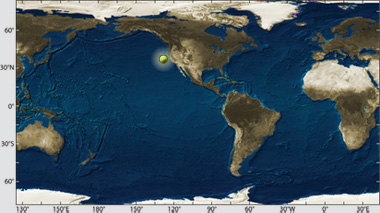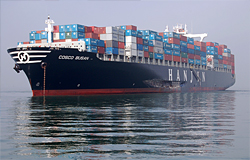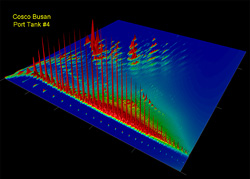Please note: You are viewing
the unstyled version of this website. Either your browser does not support CSS
(cascading style sheets) or it has been disabled. Skip
navigation.

Location: San Francisco Bay Material spilled: Bunker fuel Amount spilled: approx. 53,500 gallons Spill extent: 150 sq. miles; 26 miles of shoreline Heavy fuel oils are widely used to power marine vessels there have only been a few well-studied HFO spills. These fuels are different from other fuels (e.g., diesel and gasoline) in that they are made from the residue left behind after the distillation of crude oil distillation by adding cutting oils to decrease viscosity. Because both crude oils and cutting oils vary, there is no standard composition for HFOs and understanding how this variability in composition affects weathering is crucial to predicting impacts of future spills. PublicationsLemkau KL, Peacock EE, Nelson RK, et al., “The M/V Cosco Busan spill: Source identification and short-term fate,” Marine Pollution Bulletin 60(2010): 2123-2129.From Oceanus Magazine May 28, 2008
May 28, 2008Popular Way to Assess Oil Spills Can Be Misused The technique offers a rapid, low-cost way to locate large areas where oil has sunk to the bottom of rivers and oceans. But that doesn’t mean it can also effectively identify lesser levels of oil that can have harmful impacts on ecosystems and public health. Source: Oceanus Magazine Last updated: July 28, 2014 | |||||||||||
Copyright ©2007 Woods Hole Oceanographic Institution, All Rights Reserved, Privacy Policy. | |||||||||||



